The Gentle Herbivore of the Sea: A Comprehensive Look at the Dugong
Often called “sea cows,” dugongs are captivating marine mammals that inhabit warm coastal waters across the Indo‑Pacific region. These peaceful creatures form a unique lineage, providing a glimpse into the evolutionary history of marine mammals while playing a vital role in the health of seagrass ecosystems. This article dives deep into the world of dugongs, exploring their biology, behavior, conservation status, and the fascinating relationship they have with humans.
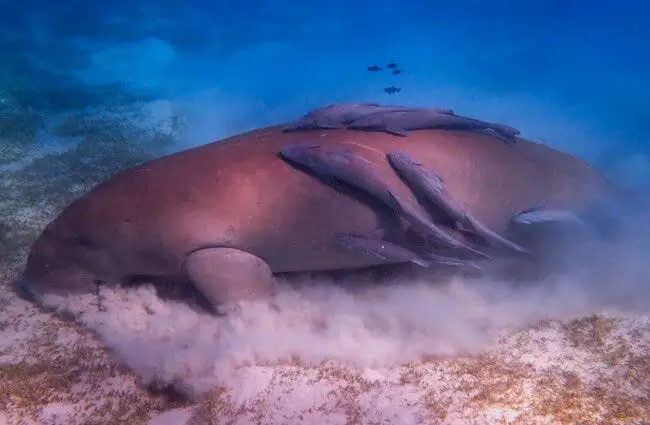
What is a Dugong?
The dugong (Dugong dugon) is a large marine mammal, typically reaching lengths of 2.5 to 4 meters and weighing between 250 to 400 kilograms. Its streamlined body, though robust, allows for surprising agility underwater. Distinguished by its grayish skin, paddle‑like flippers, and a fluke similar to a whale, the dugong is instantly recognizable. Perhaps most notably, it possesses a uniquely shaped snout used for foraging. It’s also important to understand that dugongs are closely related to manatees, both belonging to the order Sirenia—a group of fully aquatic herbivores. They are the only surviving member of the Dugongidae family.
Habitat and Distribution
Dugongs are found in warm, shallow coastal waters of the Indo‑Pacific region. Their distribution stretches from the eastern coast of Africa to Australia and as far north as Japan. They predominantly inhabit areas with extensive seagrass beds, which form the foundation of their diet. Ideal habitats include sheltered bays, lagoons, and estuaries, providing calm waters and abundant food sources. Key populations are found in countries such as Australia, Indonesia, the Philippines, Mozambique, and Madagascar.
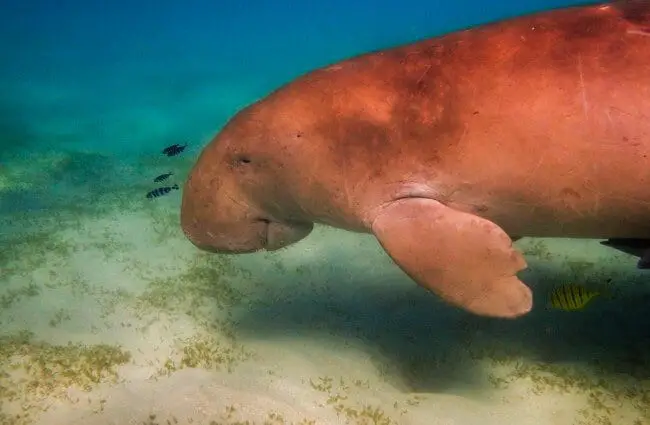
A Dugong’s Diet: A Seagrass Specialist
Dugongs are strict herbivores, with seagrass constituting almost their entire diet. They are selective feeders, often favoring specific species of seagrass based on nutritional content and availability. Using their sensitive snouts, they uproot entire seagrass plants, consuming leaves, stems, and roots. An adult dugong can consume up to 30 kilograms of seagrass per day. This foraging behavior plays a crucial role in maintaining the health and diversity of seagrass ecosystems. However, it also makes them vulnerable to habitat degradation and loss.
The Importance of Seagrass
Seagrass beds are among the most productive ecosystems on Earth, providing habitat for numerous marine species, stabilizing sediments, and improving water quality. Dugongs contribute to seagrass health by selectively grazing, which can stimulate growth and prevent overgrowth of certain species. This relationship underscores the importance of conserving seagrass habitats for the benefit of both dugongs and the wider marine environment.
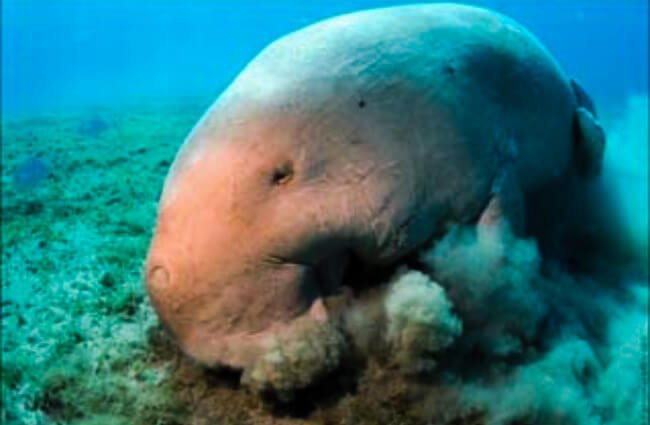
Life History and Reproduction
Dugongs are relatively slow breeders. They reach sexual maturity between 9 and 12 years of age. Mating typically occurs during the warmer months. Gestation lasts approximately 13 to 14 months, resulting in the birth of a single calf. Calves depend on their mothers for nursing and protection for at least 18 months, and sometimes longer. Females typically give birth to a calf every 3 to 5 years, making them particularly vulnerable to population decline. Their slow reproductive rate emphasizes the need for effective conservation strategies.
Social Behavior
While often seen alone or in small groups, dugongs can also congregate in larger numbers where food is abundant. They communicate using a range of vocalizations, including whistles, chirps, and clicks. These sounds are thought to play a role in maintaining social bonds and coordinating movements. Although generally peaceful, males may exhibit aggressive behavior during the mating season.
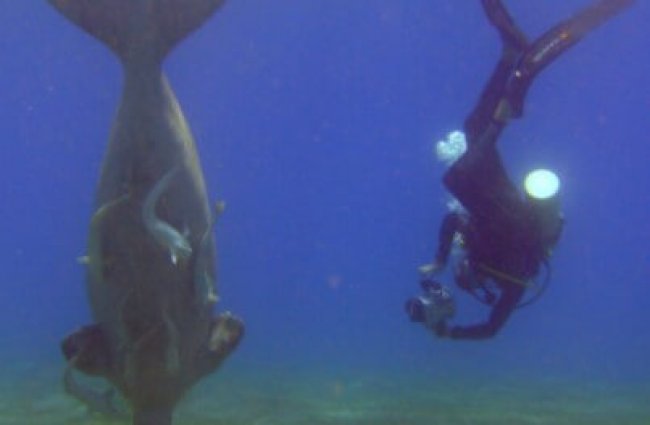
Dugongs and the Ecosystem
Dugongs are considered keystone species in seagrass ecosystems. Their grazing activities help maintain the health and diversity of these vital habitats. By consuming seagrass, they prevent overgrowth of certain species and promote the growth of others. This, in turn, benefits a wide range of other marine organisms that depend on seagrass for food and shelter. Additionally, dugong foraging creates open patches in seagrass beds, providing access for smaller animals and increasing overall biodiversity.
Interactions with Other Animals
Dugongs share their habitat with a variety of other marine animals, including sea turtles, fish, and seabirds. They are generally tolerant of other species, but can occasionally compete with sea turtles for seagrass. Sharks and killer whales are known predators of dugongs, though attacks are relatively rare.
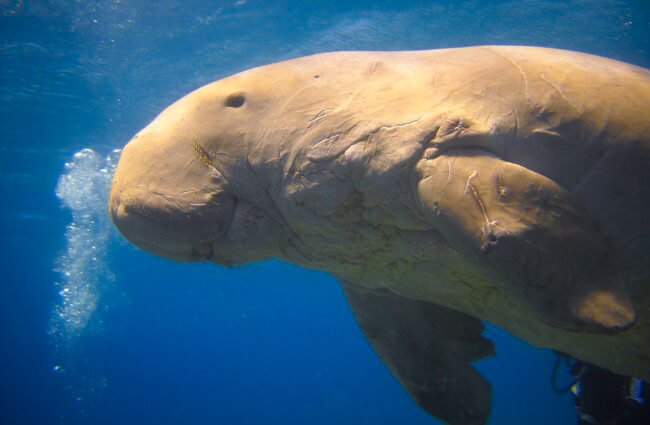
Dugongs and Humans: A Historical and Contemporary Relationship
For millennia, dugongs have played a significant role in human cultures across their range. Indigenous communities have traditionally hunted dugongs for meat, oil, and other resources, often incorporating them into mythology and art. However, unsustainable hunting practices, coupled with habitat loss, have led to significant population declines in many areas.
Threats to Dugong Populations
Today, dugongs face a number of threats, including:
- Habitat Loss and Degradation: Seagrass beds are destroyed by coastal development, pollution, and destructive fishing practices.
- Entanglement in Fishing Gear: Dugongs can become entangled in nets and other fishing gear, leading to injury or death.
- Boat Strikes: Collisions with boats are a significant cause of mortality in some populations.
- Poaching: Illegal hunting continues to threaten dugong populations in certain areas.
- Climate Change: Rising sea temperatures and ocean acidification are impacting seagrass ecosystems and potentially affecting dugong populations.
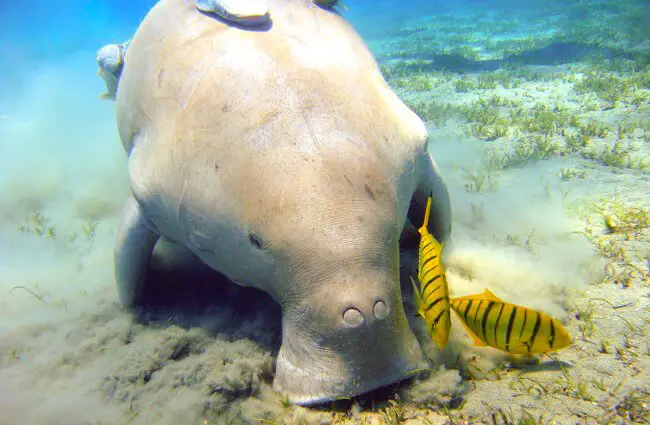
Conservation Efforts
Numerous conservation efforts are underway to protect dugongs and their habitats. These include:
- Establishing Marine Protected Areas: Creating protected areas helps safeguard critical dugong habitats.
- Reducing Fishing Bycatch: Implementing measures to reduce entanglement in fishing gear.
- Promoting Sustainable Coastal Development: Encouraging responsible coastal development practices.
- Raising Awareness: Educating local communities and the public about the importance of dugong conservation.
- International Cooperation: Collaborating with other countries to protect dugong populations across their range.
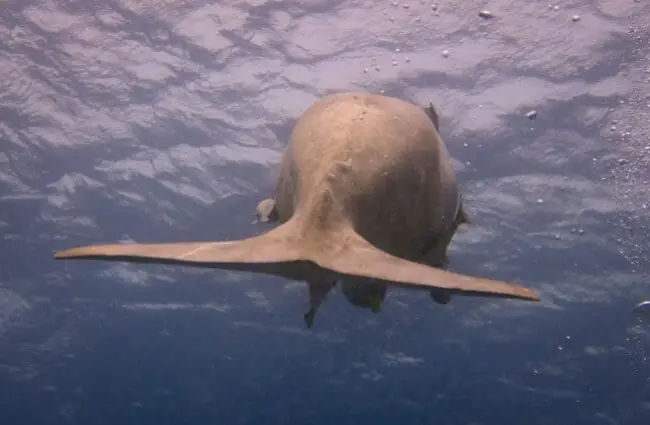
Dugong Quick Facts
| Scientific Name | Dugong dugon |
| Lifespan | Up to 70 years |
| Average Length | 2.5 to 4 meters |
| Average Weight | 250 to 400 kilograms |
| Conservation Status | Vulnerable (IUCN) |
| Diet | Seagrass |
The dugong, a gentle giant of the sea, plays a crucial role in maintaining the health of coastal ecosystems. While facing numerous threats, ongoing conservation efforts offer hope for the future of this remarkable species. By understanding and appreciating the unique biology and ecological importance of dugongs, we can contribute to their protection and ensure their survival for generations to come.

![Red Angus Closeup of a beautiful Red Angus cowPhoto by: U.S. Department of Agriculture [pubic domain]https://creativecommons.org/licenses/by/2.0/](https://animals.net/wp-content/uploads/2020/03/Red-Angus-4-238x178.jpg)
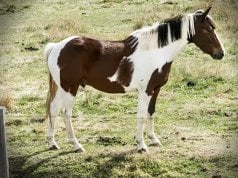
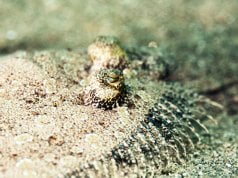
![Red Angus Closeup of a beautiful Red Angus cowPhoto by: U.S. Department of Agriculture [pubic domain]https://creativecommons.org/licenses/by/2.0/](https://animals.net/wp-content/uploads/2020/03/Red-Angus-4-100x75.jpg)

